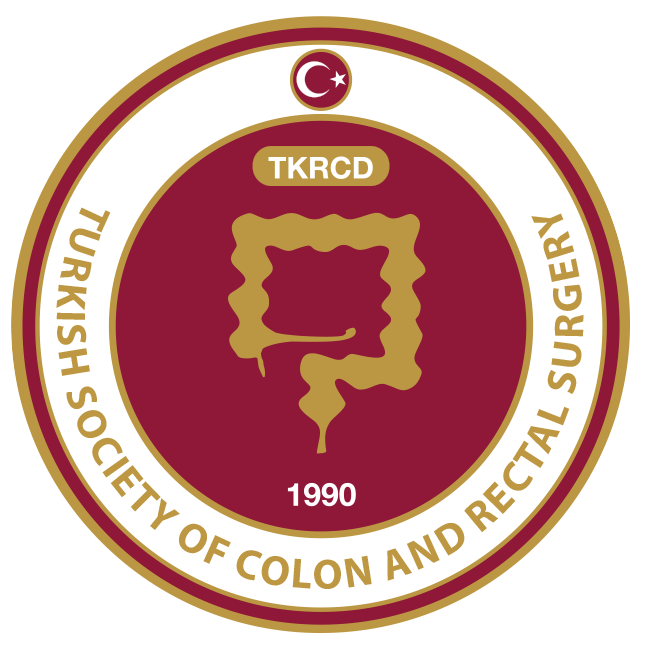ABSTRACT
Purpose:
In many cases, incisional hernia repair requires the use of prosthetic materials. The aim of this study was to investigate the effectiveness of sodium hyaluronate/ carboxymethylcellulose (Seprafilm) in preventing postoperative adhesions and wound healing in combination with primary or polypropylene mesh repair of incisional hernias, compared with only polypropylene or expanded polytetrafluoroethylene (e-PTFE) mesh repair.
Materials-Methods:
Sixty Wistar albino rats were randomly divided in to five groups (n=12). A defect abdominal was created and were closed either primary (P) or with one of the following prosthetic materials: primary closure+Seprafilm (PS), polypropylene mesh (PM), polypropylene mesh+Seprafilm (PPS) and e-PTFE (DM). The presence and grade of adhesions to the repair on mesh were recorded on the 14th day. Prosthetic materials were compared adhesions, growth of mesothelial tissue, vascular proliferations, inflammatory cells infiltration, collagen tissue contents, and presence of foregein body-giant cells.
Results:
Dense adhesion developed on all of the defects repaired by only polypropylene mesh and the lowest adhesion score observed was in the group PS. The combination of Seprafilm with polypropylene mesh effectively reduced the adhesion formation caused by polypropylene mesh only (p=0.001), and the macroscopic adhesion score obtained with this combination was comparable to that of the group DM (p=0.114). Histopathologically, Seprafilm did not influence mesothelial growth; it decreased the vascular proliferation and inflammatory cell infiltration, and increased collagen content of the wound.
Conclusion:
In our rat model, Seprafilm prevented the majority of adhesions due to polypropylene mesh. It decreased local infiltration of white cells and neovascularization, and it increased the collagen content of the wound, compared with e-PTFE. Therefore, Seprafilm is a safe and efficient physical barrier against adhesion formation in rats, and the combination of Seprafilm with polypropylene mesh may be a valid alternative to e-PTFE repair of incisional hernias. These findings need to be well confirmed in humans.



